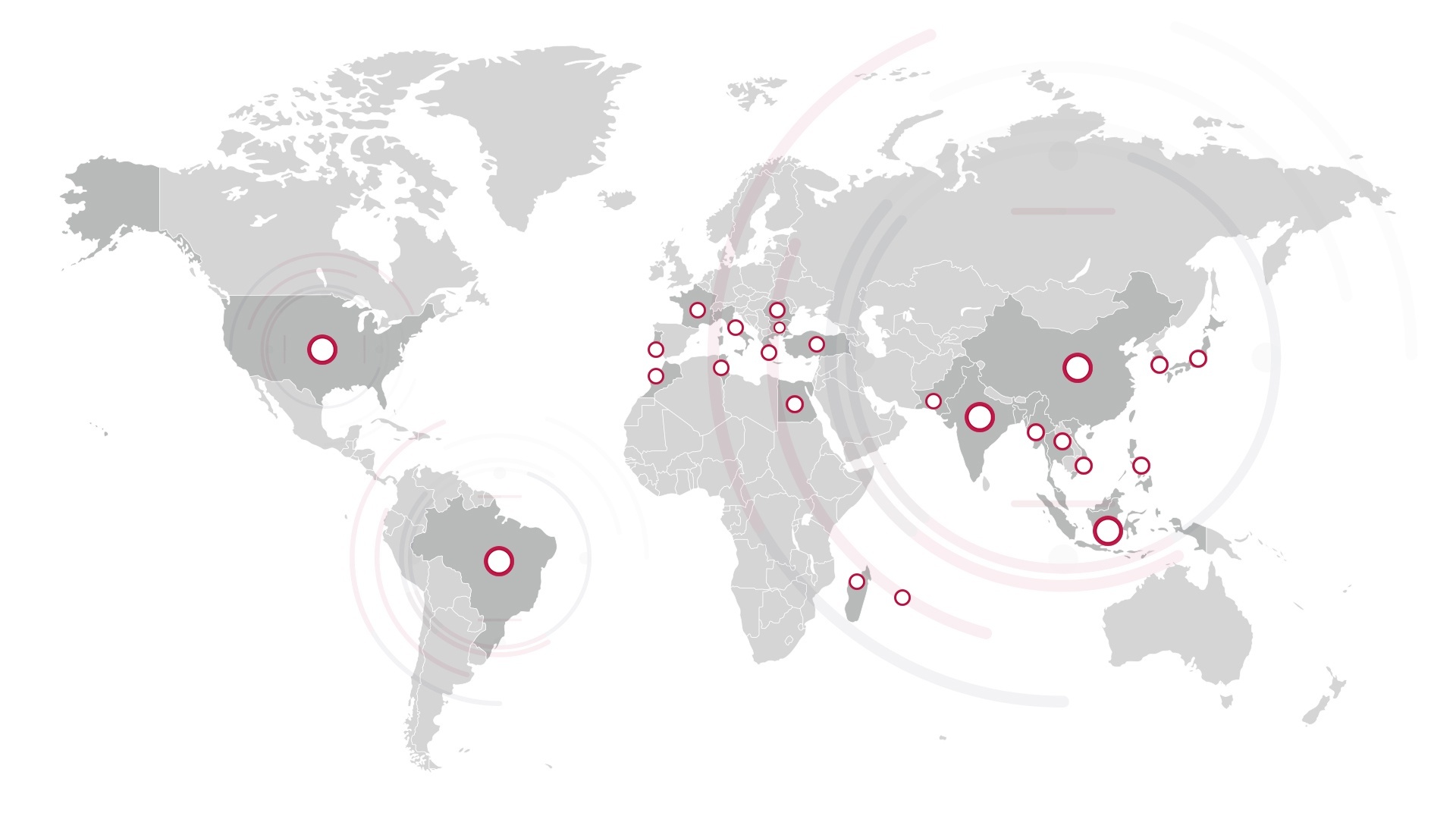The fashion industry, devoted to the business of making and selling clothes, is a multi billion dollar global enterprise and is one of the largest and most value-creating industries in the world. The global apparel market is valued at 842.7 billion dollars in 2016, up 5.5% from 2015 and constitutes 2 percent of the world’s Gross Domestic Product.
To put its enormous market size into perspective, if the fashion industry were a country, its GDP would represent the seventh largest in the world, ahead of countries like India and Italy. Furthermore, the global apparel market is forecast to reach 1,004.6 billion in value in 2021 and experience a compound annual growth rate of 3.6% between the period 2015-2020.
Despite these impressive numbers and years of stable growth, the global apparel market experienced a significant slowdown in 2016, decreasing from 5.0 percent growth in 2015 to 2.0-2.5 percent growth in 2016. This is the slowest growth rate the fashion industry has experienced in over a decade. The decline in growth negatively affected all market segments and product categories globally. For example, famous fashion companies like Burberry, Ralph Lauren and Marks & Spencer had to undergo brand restructuring, job cuts, and store closures to survive the global decline.
Even though 2017 has experienced a slight recovery in growth rate, the fashion industry is expected to become increasingly complex due to the change in consumer behavior. Today, consumers are more sophisticated, more knowledgeable, more demanding and more technology-driven than ever. They practice brand promiscuity and prefer to shop across market segments rather than remaining loyal to a particular product or brand. They have access to information and are more conscious of authenticity and sustainability. They want high-quality, personalized products and it has become harder for fashion brands to predict their behavior while satisfying their demands. As the competitive landscape is changing, brands have been forced to find new ways to appeal to consumers while keeping costs low and increasing quality.
The Cost of Quality
Understanding the Cost of Quality (COQ) has become increasingly important to understand. The COQ is a widely misunderstood term in the apparel sector as it often gets associated with the price of creating quality merchandise.
Formerly, quality managers believed that producing higher quality products equaled to increased costs. However, ‘Quality Gurus‘ Dr. Joseph Juran and Armand V. Feigenbaum challenged this notion in 1951 and concluded that the benefits far outweigh the costs.
To provide further insight into the cost of quality in the apparel industry (and how important it is to understand the difference between cost of good quality and bad) we created a 5-minute video you can view below.
Key Takeaways
It is absolutely imperative for brands to invest in effective quality management systems to safeguard the production of their quality garments.
Brands can take the first step in determining their cost of quality by measuring:
- internal failure costs
- appraisal costs
- preventive costs
Ultimately, this will help you identify areas for improvement, while reducing costs, remaining competitive and increasing your ROI.
Improve Your Total Textile Quality Management Today!
{{cta(‘336daf1c-88cc-4c7e-a484-62b67e212923′,’justifycenter’)}}



